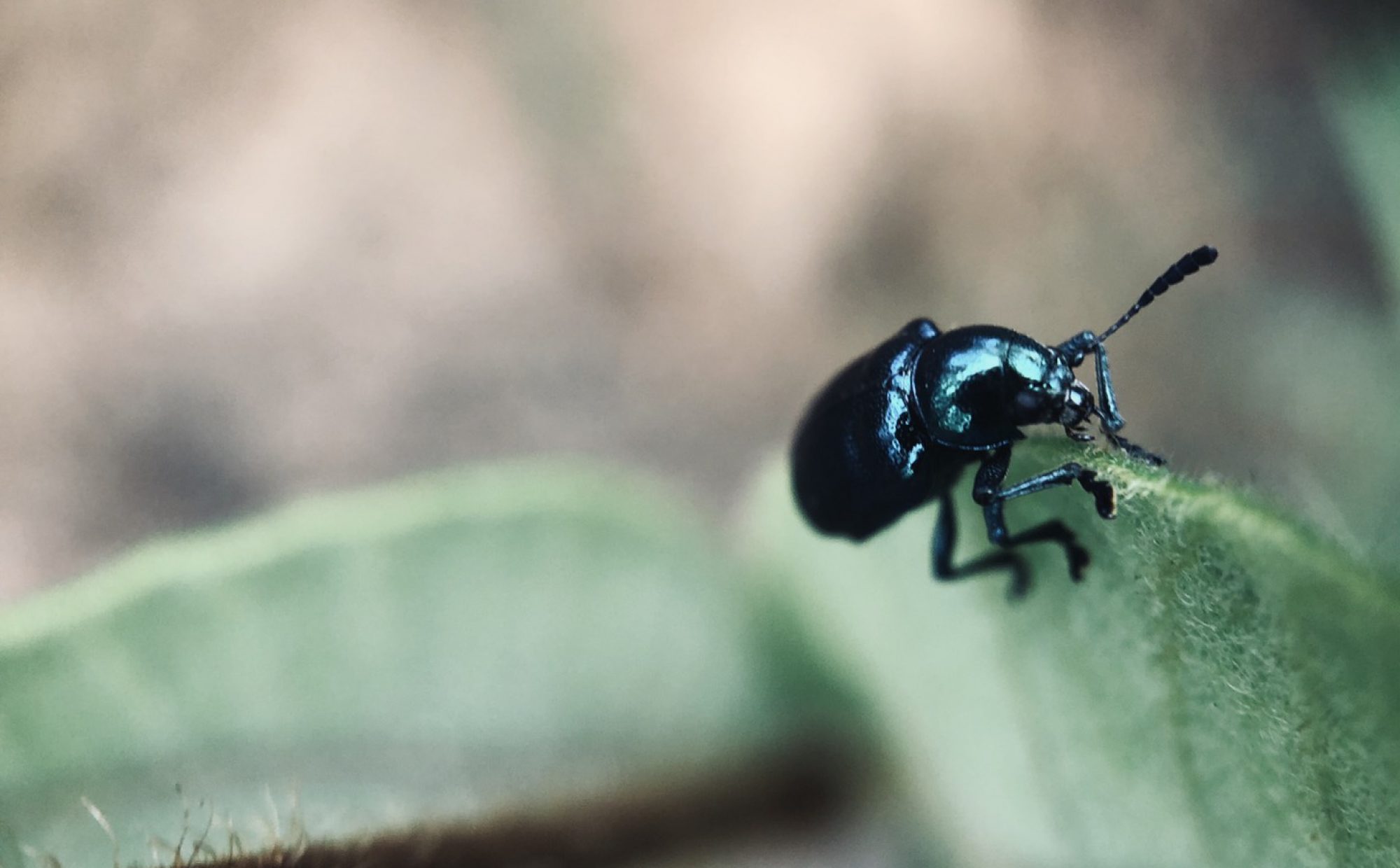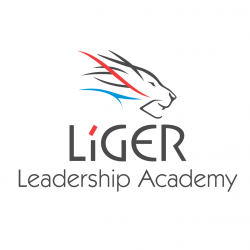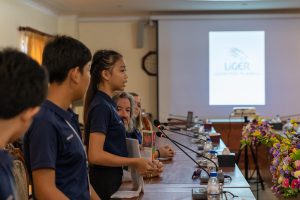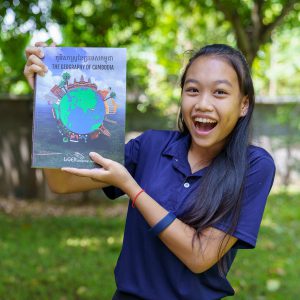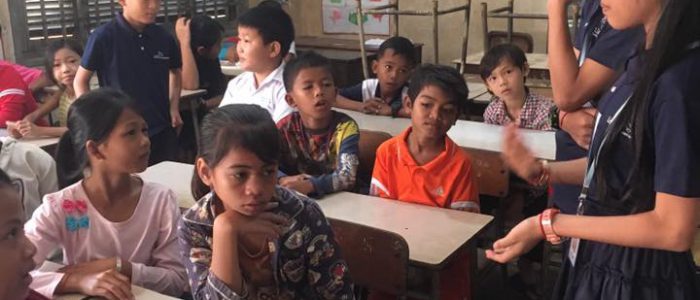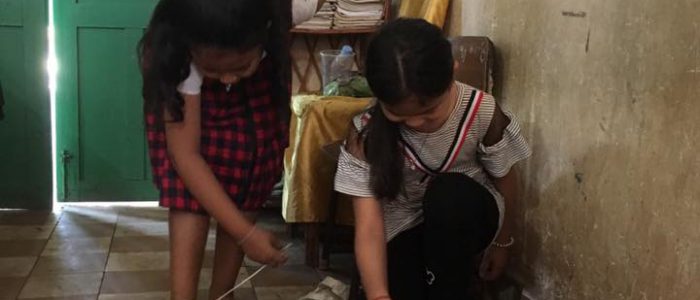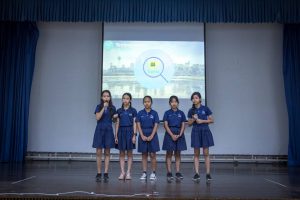After we published a book that helps to promote geographical features of Cambodia, we found another gem that were hidden at the corner of the country. They are the “The Indigenous Community of Cambodia”.
According to OpenDevelopment Cambodia, The 1998 Cambodian population census identified 17 different indigenous peoples, but the consensus today is that there are 24 groups spread across 15 provinces, with the highest populations by far in Ratanakiri, Mondulkiri, and Kratie. They are estimated to number around 200,000 or around 1.2% of the population. Groups are often identified by their language. They broadly fall into two linguistic families: Austronesian, which includes the Jarai people, and Mon-Khmer, which includes the Brao, Kreung, Tumpoun, Bunong, and Kui.
Unfortunately, most of them are being unknown. I would say “Pnong” is the most well-known indigenous group. Other than that, we people have no idea if we’re mentioning the other indigenous group beside Pnong. Did you know that they have an amazing tradition that they deserved to be known? That’s why a project-based-learning called “Indigenous Community” existed. We are trying and working so hard to promote and bring back their tradition and culture.
However, we only have 7 weeks to accomplish this project, therefore we couldn’t help to promote 24 groups at once. We decided to choose two specific groups and make it nice and polish and the two indigenous groups are “Kui and Stieng”.
The population of Stieng indigenous community is mostly in Steung Treng province. Kui population is mostly in Bangkerng pal village, Preah Vihear province. We did a lot of research about this community on a variety of topics and there is not much information about them. We decided to take a trip to both communities for 2 nights and 3 days. The topics that we researched are ceremony, language, norms and belief, language, music, art, education, healthcare, food economy, geography, people and environment.
First off, I would like to write what the outcomes of this project are. We would like to make videos about each topic that listed above for Stieng community and we publish a book that included all of the topics listed above for Kui Community.
As you know that we only have 7 weeks to finish it up so again, lacking time is the main challenge that we’ve faced. 3 weeks took us to go on a trip and conducted the interview, we have 4 weeks remained to design this book. However, our passion would never end. We used our time wisely and worked so hard toward achieving this remarkable book.
We finally finished putting things together into a book! However, we went there again because we have to verified the information with the villagers as well as the village chief if the words are appropriate to use and also are the information that we are putting about them is true or not. It’s been a great journey throughout the exploration and I can see how ecstatic Kui people are seeing us as change agent doing such an important project that give a lot of impacts.
I really appreciate how hard our team had been working on to accomplish this project. Now the videos are done and the book is published. Being a change maker is hard, but our passion keeps us to continue what we are doing and here we are with our lovely book and videos. Here’s the link to our website if you’re interested to see more about indigenous community: http://indigenouspeoples.ligeracademyblog.org/. Remember it’s just our first step to make the change!
